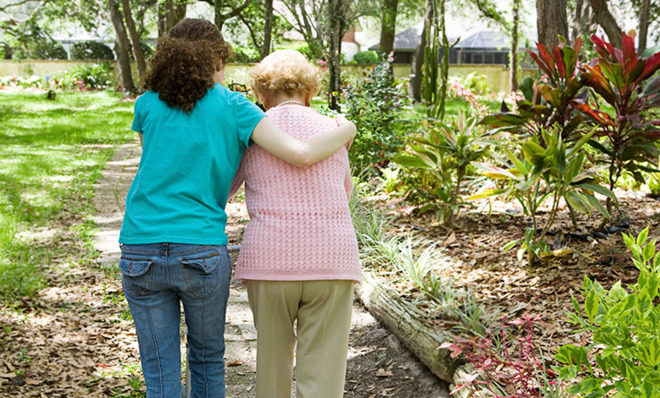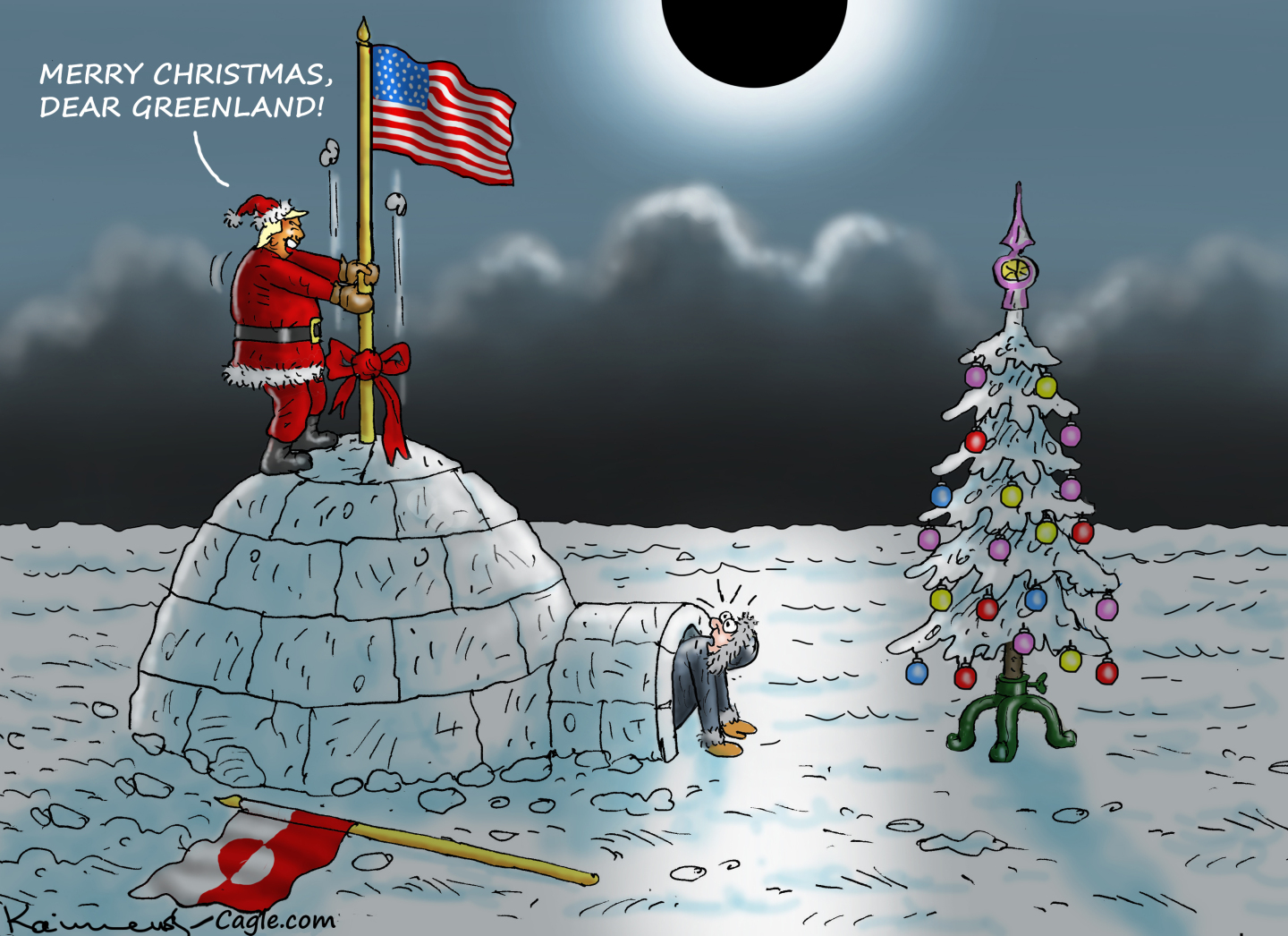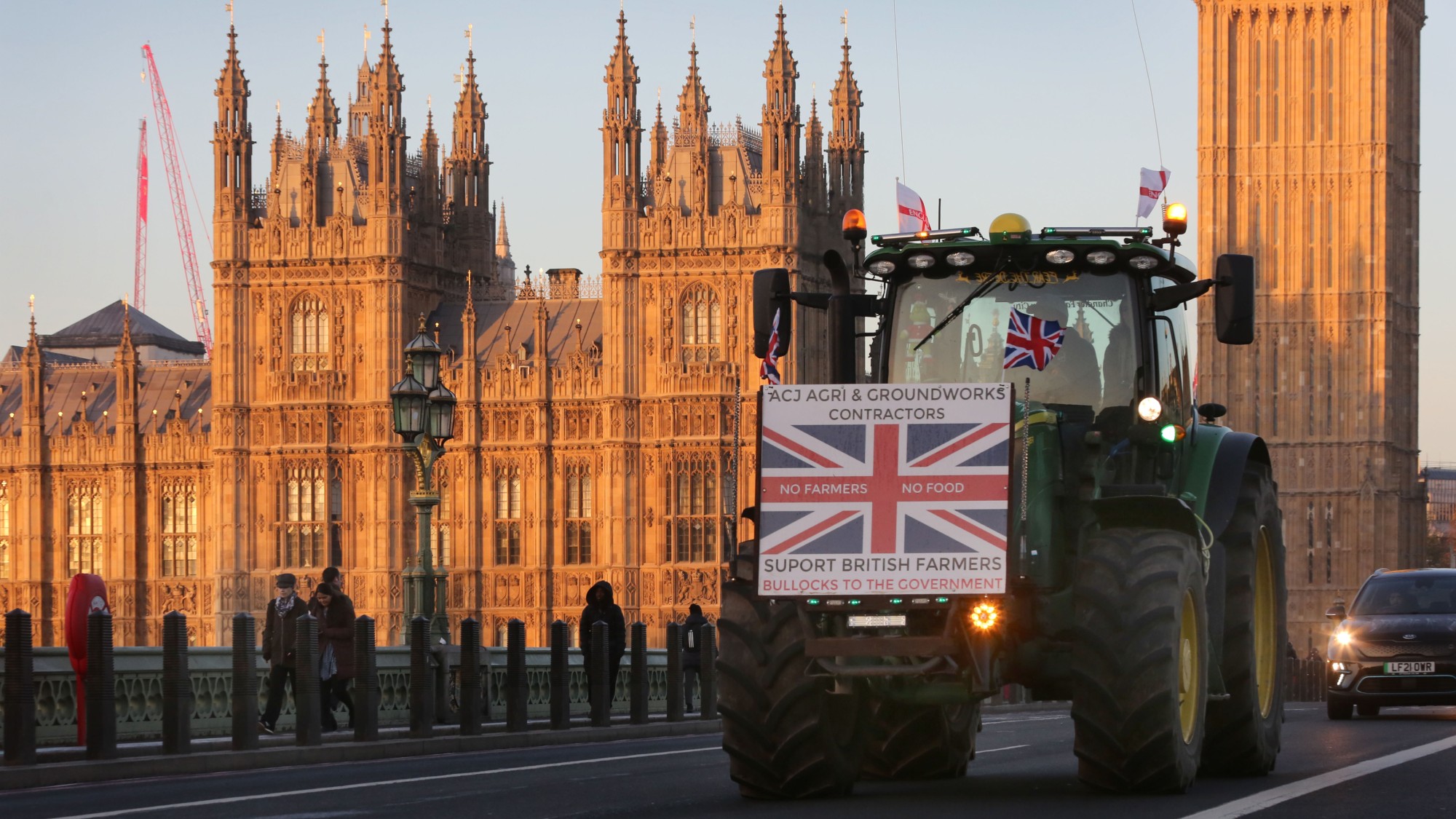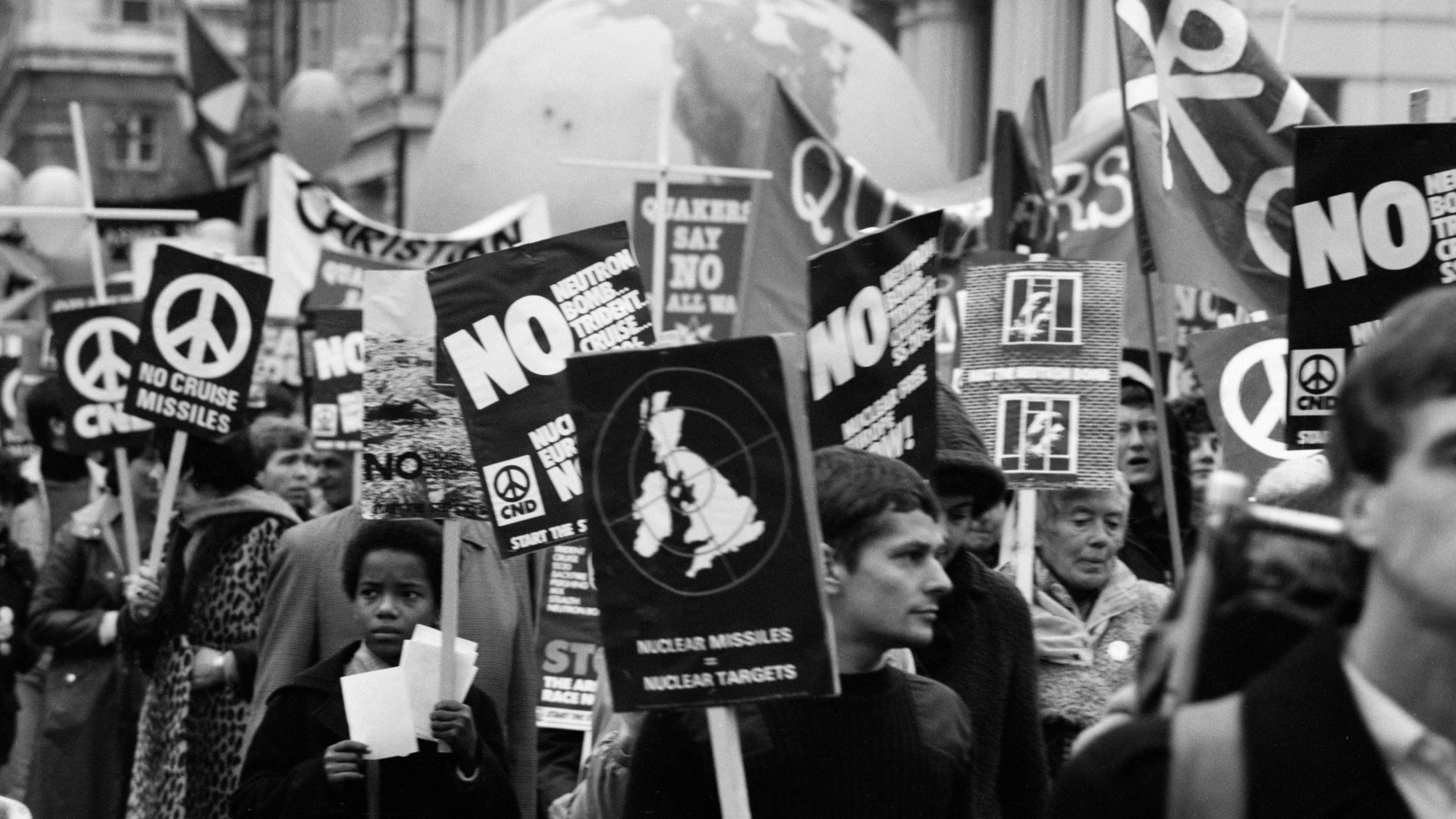It's easy to make people help others. Here's the trick.
Make them feel like they're part of a low social-status group


It's not so hard to get people, even children as young as four, to help each other out a little bit. The trick, according to a study out today, is to make them feel like they're part of a low social-status group.
Psychologists have known for a few years now that individuals of lower socioeconomic status tend to empathize more with others, be less individualistic, and, according to a 2010 study, give more of their income to other people and institutions in their communities.
Curious what it would take to get people to help each other out more — and whether they could do it using subtle hints about where on the ladder someone sits — Ana Guinote and psychologists at University College London and the University of Kent conducted four experiments designed to manipulate participants' beliefs about their own social status. In the first of four experiments, the team got 44 undergraduate students to come in to the lab for what appeared to be a study on social status and cognitive functions. First, each student read a table purportedly ranking the academic departments at their university, with their department ranked either second or eighth out of nine. They next completed a series of cognitive tests and left the lab thinking the experiment was done, but on the way out a researcher dropped a box of 20 pens and counted how many each undergrad helped pick up.
The Week
Escape your echo chamber. Get the facts behind the news, plus analysis from multiple perspectives.

Sign up for The Week's Free Newsletters
From our morning news briefing to a weekly Good News Newsletter, get the best of The Week delivered directly to your inbox.
From our morning news briefing to a weekly Good News Newsletter, get the best of The Week delivered directly to your inbox.
The department rankings made a difference, even though they'd been assigned at random and had nothing to do with reality. Those in the low-status condition — who'd been told their departments ranked eighth of nine — picked up 14.5 pens on average, nearly 25 percent more pens than the high-status group, which picked up 11.7 on average.
A similar test in preschool-age children confirmed the first experiment's results. Using a negotiation over two toys, one somewhat nicer than the other one, to establish social rank, Guinote and her team found that low-status kids typically donated 1.2 of their allotted five stickers to hospitalized children. Their high-status subject peers, however, donated just 0.4 stickers on average.
The results suggest that the value systems of high-status individuals may be quite different from those of humbler — or perhaps more oppressed — origins. "The values of low-status individuals seek equality for all, and will contribute to create egalitarian cultures that treat all people as moral equals," while those with high status are more likely to endorse "power values" and favor hierarchical societies, the authors write in Proceedings of the National Academy of Sciences.
Pacific Standard grapples with the nation's biggest issues by illuminating why we do what we do. For more on the science of society, sign up for its weekly email update or subscribe to its bimonthly print magazine.
A free daily email with the biggest news stories of the day – and the best features from TheWeek.com
More from Pacific Standard...
-
 Political cartoons for December 24
Political cartoons for December 24Cartoons Wednesday's political cartoons include Christmas in Greenland, grinchflation, and California floods
-
 Is there a Christmas truce in the Starmer farmer ding-dong?
Is there a Christmas truce in the Starmer farmer ding-dong?Today’s Big Question There’s an ‘early present’ for farmers but tensions between Labour and rural communities remain
-
 The history of US nuclear weapons on UK soil
The history of US nuclear weapons on UK soilThe Explainer Arrangement has led to protests and dangerous mishaps